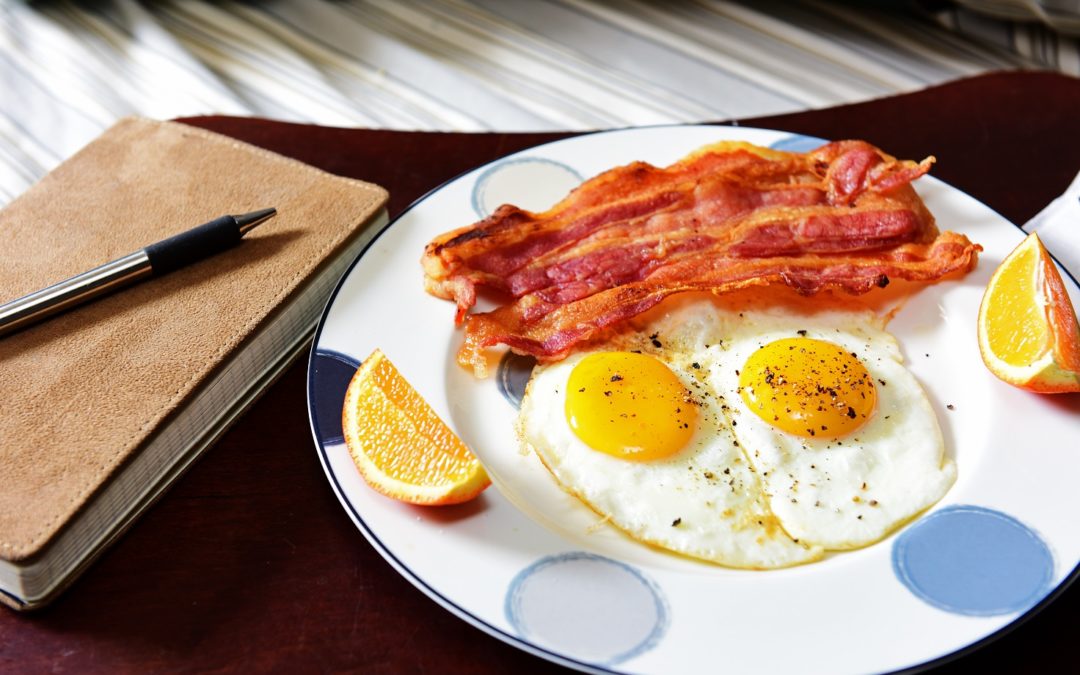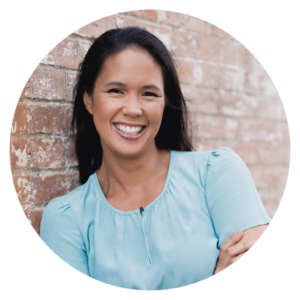Most of those who read this will immediately discount, disregard, or resist this tool.
Watch your brain’s reaction when I tell you that the MOST IMPORTANT TOOL you will ever use to help you reverse your diabetes and lose weight is a food journal.
Yes: a pen and piece of paper.
A record of everything you eat or drink. Every. single. bite. Every. single. sip.
Scientific studies have clearly established that a keeping a simple food journal results in more success with weight loss, as well as faster results.
But words like “more” and “faster” may not get you excited about committing to this daily practice. Why?
Your thoughts might sound like this:
“It takes too much time.”
“It’s such a pain.”
“It’s so inconvenient.”
“I don’t really need to do that.”
Are you going to let these sentences floating through your mind steal your most powerful tool? A simple, practically free method that pretty much guarantees your efforts will yield more success?
It is critical that you keep a food journal.
In just 5-10 minutes a day, you create personal accountability and awareness that you cannot create any other way.
When you have made journaling your food non-negotiable, you develop the habit of thinking about what you are eating and drinking.
It’s so much easier to go unconscious with our food and ignore that each time you put something in your mouth, it is a decision you are making.
You might not want to recognize these countless decisions.
You might not like your reasons for overeating (eating more food than your body needs for nourishment).
But as with any change, you have to acknowledge and take responsibility for your current actions and results in order to have authority and power over them.
Food journaling gives you information.
Data. There is no substitute for data.
I recommend you keep track of the following:
- Exactly what you ate or drank. If you can include the amount, do. Otherwise, be as specific about how much as possible.
- What time you consumed it. This is important.
- Whether or not you were hungry when you ate it.
I highly recommend that you keep your journal throughout the day, rather than at the end of the day. This increases accuracy and consciousness around your decisions to eat or drink.
A simple notebook is enough to get the job done. I use a particular template that can be printed and filled out.
There is also the very convenient option of downloading and logging your food in a phone app. That way you have it with you most of the time and can track everything real time with ease. My favorite app has been MyFitnessPal, but there are many to choose from.
Planning your food + Logging your food = Best Case Scenario
Creating a practice that combines these two tools cannot be over-emphasized. All my clients are required to do this because there is no replacement.
I break down the importance of planning in one of my favorite blog posts of all time here: Why A Goal Without A Plan Is Just A Wish.
What most of us don’t recognize is that allowing ourselves to make decisions in the moment about our food opens us up to all kinds of unpredictable things that wreck our best intentions:
- What kind of mood we are in
- Cravings
- Hunger
- Time to prepare or go get the food
- The smell of hot, delicious pizza someone is offering you
- Your blood sugar this morning
- The weather
- Stress level in the workplace
- Karen’s birthday
- What Janice said about the new restaurant that opened 2 blocks away
- 1000 other things
Do you want your health and future to depend on the stars aligning in just the right way day after day?
Stop it. If it was going to work out, you wouldn’t be in the position you are in right now.
We make things happen on purpose. That’s how we get incredible results like reversing Type 2 Diabetes and getting rid of prescription medications FOREVER.
Interested in working with me? Reach out here:


